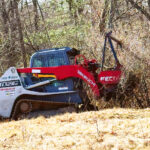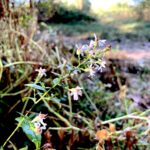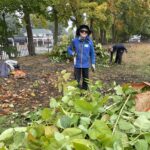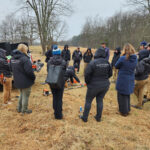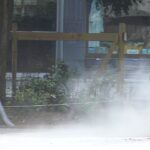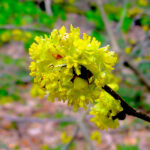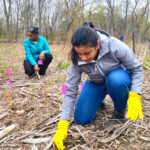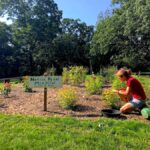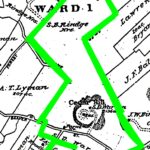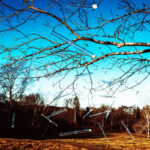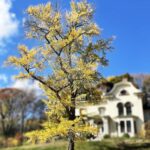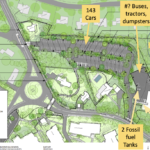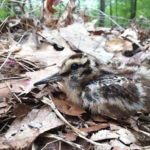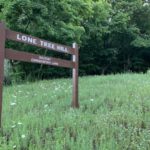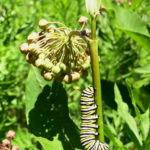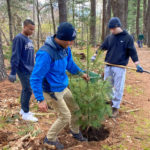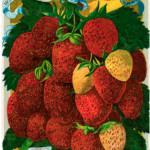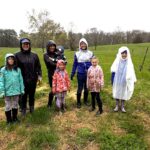
By Radha Iyengar On Saturday, April 26, a day with steady rain, the Belmont Citizens Forum (BCF), in conjunction with the Judy Record Conservation Fund, held its 11th annual Lone Tree Hill Volunteer Day. The volunteers included Girl Scout Daisy Troop 63278, Cityside Subaru employees, volunteers from Habitat, and citizens from Belmont and the surrounding communities. Many hands made light work. At the Meadow Edge Trail, volunteers removed garlic mustard and planted 50 white pine saplings, 10 eastern red cedar saplings and also replaced five white pine trees that did not survive the planting from last year. Volunteers also transplanted [READ MORE]


